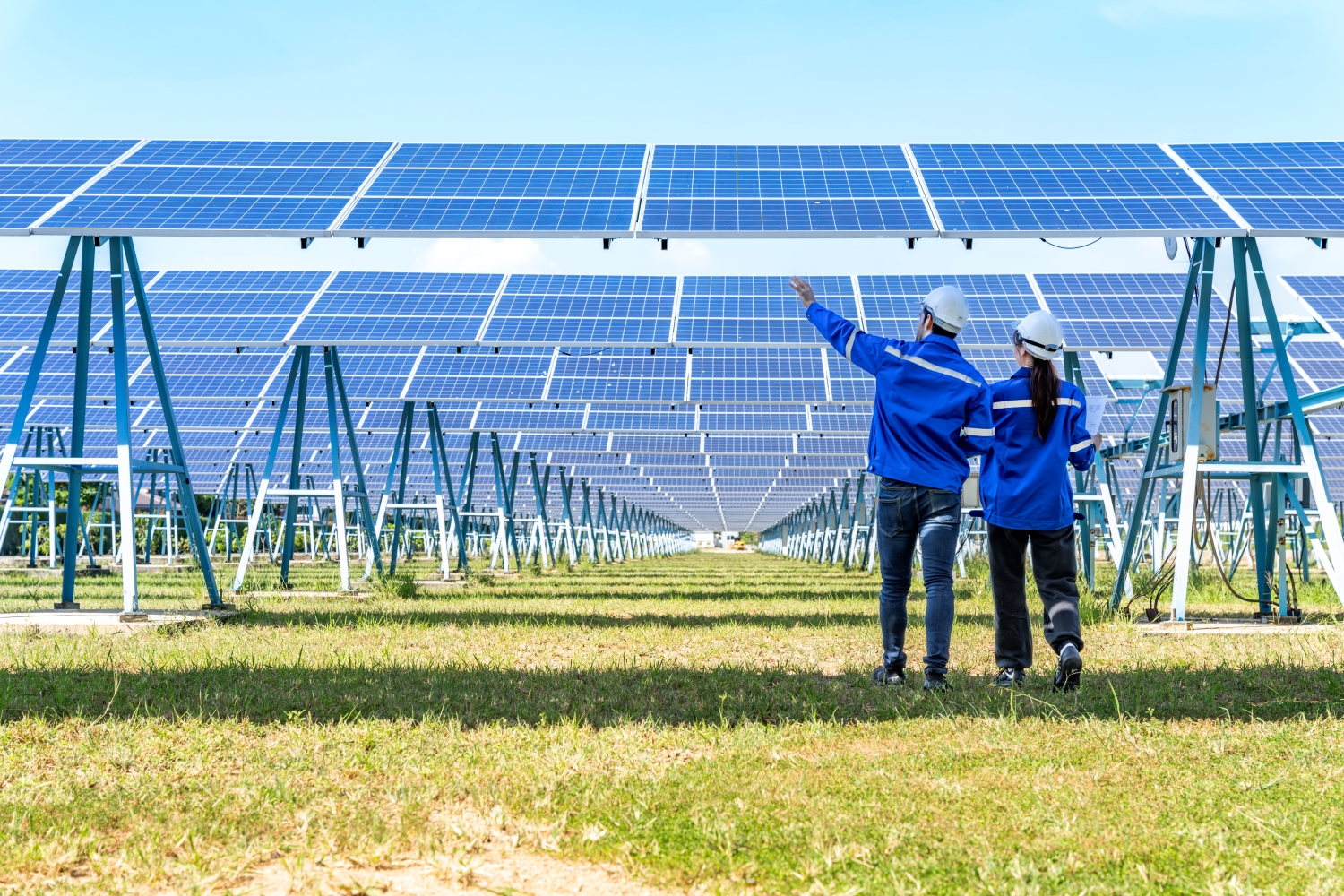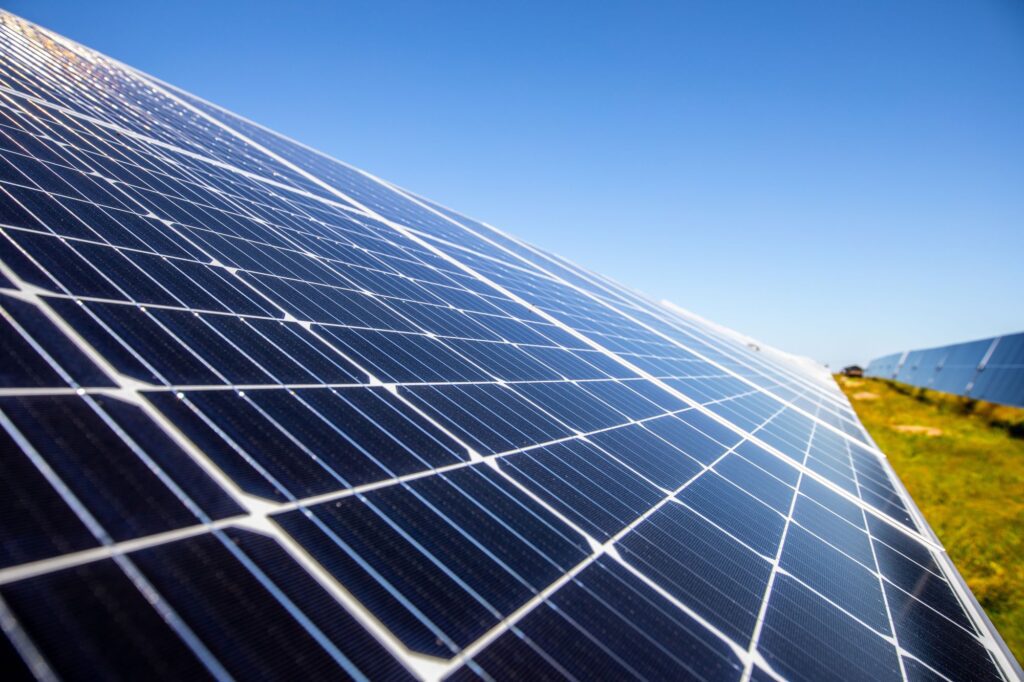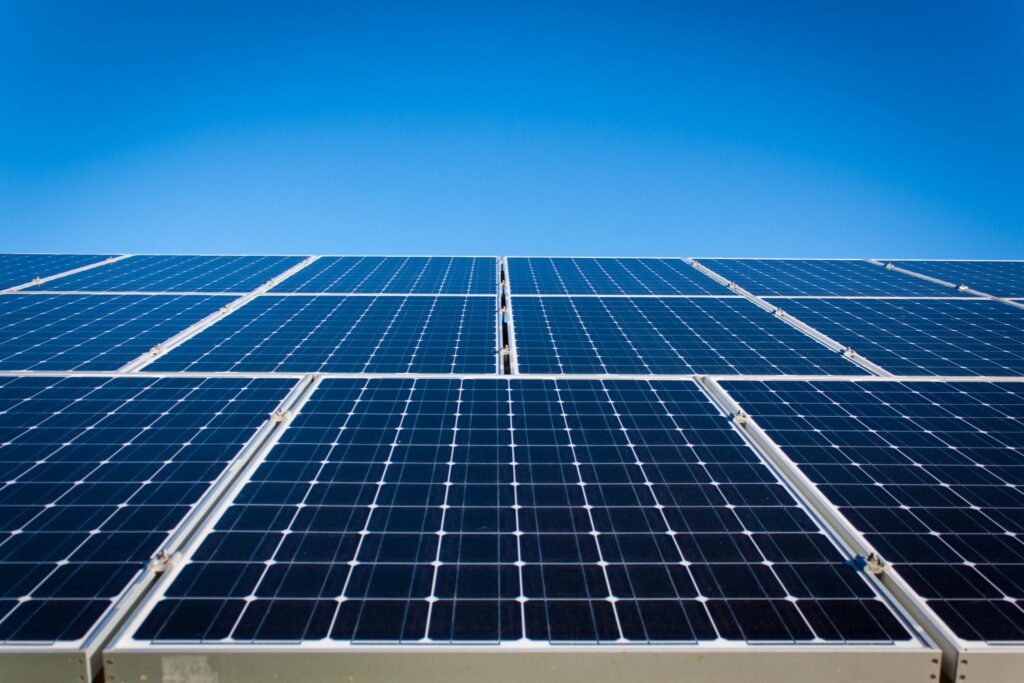August 19, 2024
As the world increasingly turns toward renewable energy sources, community solar has emerged as a viable and inclusive option for many people. This approach allows multiple individuals and entities to benefit from a single solar array, making clean energy accessible and affordable for those who might not have the means or space to install their own solar panels.
What is Community Solar?
Community solar, also known as shared solar or solar gardens, is a solar power plant whose electricity is shared by more than one entity. Participants, which can include homeowners, renters, businesses, and non-profits, sign up for an allocation of the energy produced by the solar plant. In return, they receive credits on the electricity bill from their traditional utility for the power produced by their share of the solar garden.
How Does Community Solar Work?
1. Pass Clean Energy Legislation: Clean energy bills need to be passed at the state level to allow for the development of community solar projects. In this process, they undergo committee review, debates, and voting before being signed into law. State laws vary, with some having specific legislation and others having none.
2. Project Development: Community solar projects are typically developed by privately owned solar developers. These entities handle the solar array’s design, planning, financing, and construction, often in partnership with local governments, federal and state tax credit programs, or community organizations.
3. Subscription Model: Participants subscribe to an allocation of the overall energy output of the system based on the historic energy usage at their home or business. The subscription model can vary; however, most require no up-front costs and bill the participants monthly based on actual energy produced and allocated. Subscriptions are typically priced at a discount to the cost of power from the traditional utility, guaranteeing savings starting on day one.
4. Energy Production and Distribution: Once operational, the solar array generates electricity, which is fed into the local power grid. The utility measures the total energy produced by the system and allocates that energy to each of the participants based on their portion of the total output.
5. Bill Credits: Though each state is different, participants typically receive credits on their utility bills for the electricity produced by their share of the community solar array (effectively reducing the amount of energy purchased from the utility during a given period). These credits can reduce or even eliminate the payments to the local utility, depending on the size of their subscription and energy usage.
6. Payments: Depending on the specifics of the program in your area, participants pay for their solar energy allocation in one of two ways:
Consolidated Billing: The solar developer and the utility collaborate to provide a single, lower bill to participants. Though customers continue to pay the utility as they always have, their bill will be lower based on their allocation of renewable energy, without the need to track a separate invoice from the developer.
Developer Direct Payment: Participants pay the solar developer directly for their energy allocation at a discounted rate. While this option can reduce or eliminate the bill from the utility, participants are responsible for managing payments to both the developer and the utility.
Community Solar Benefits
Accessibility: According to an analysis by the National Renewable Energy Laboratory, nearly 50% of households and businesses are unable to host rooftop solar systems. Community solar opens the door to renewable energy for individuals and businesses who cannot install solar panels on their property due to financial constraints, unsuitable roofs, or rental situations.
Cost Savings: By participating in community solar, individuals can lower their electricity bills through the credits earned from their share of the solar array’s production. In most cases, the cost of energy allocated from a community solar project is lower than the cost of energy provided by the utility, providing net financial benefits.
Environmental Impact: Community solar projects contribute to the reduction of greenhouse gas emissions by increasing the use of clean, renewable energy. This helps to combat climate change and reduce the overall carbon footprint of the community.
Economic Development: These projects often stimulate local economies by creating jobs in construction, maintenance, and administration. Community solar gardens are also typically subject to local property taxes, thereby increasing the tax base for the local community.
Grid Resilience: By diversifying the energy supply with distributed solar generation, community solar projects improve the resilience of the local power grid. This can lead to greater energy security and stability, particularly during peak demand periods or emergencies.
Considerations
Regulatory Environment: The availability and structure of community solar programs vary widely depending on state and local regulations. Potential participants should investigate the specific policies and incentives in their area to understand how community solar might work for them.
Project Reliability: The success of a community solar project depends on the reliability of the solar array and the developer’s reputation. Participants should evaluate the developer’s track record for a stable program. Even if the system underperforms, customers still receive utility power, though they may miss out on cheaper solar energy.
Financing and Development
Advantage Capital provides financing to solar developers creating high-impact solar projects across the U.S. We also apply our tax-advantaged capital management experience to build diversified investment portfolios across the solar industry.
We offer flexible financing solutions to seasoned operating partners with strong track records and newly constructed renewables facilities qualifying for the federal Investment Tax Credit (ITC) or Production Tax Credit (PTC). Our investments help to fund utility-scale, corporate, municipal, commercial, industrial, and community solar, and other renewable projects.
Community solar is a powerful tool for expanding access to renewable energy, offering economic and environmental benefits to participants and their communities. By understanding how community solar works and considering the associated challenges, individuals and businesses can make informed decisions about participating in this innovative approach to clean energy. As the demand for sustainable energy solutions continues to grow, community solar stands out as a promising avenue for widespread renewable energy adoption.
For those interested in exploring community solar options, contact your local utility companies, solar developers, or community organizations to learn about available projects and subscription opportunities.





